Seeking color/style advice for landscape blocks
DPJD
10 years ago
Related Stories

KITCHEN DESIGNSmart Investments in Kitchen Cabinetry — a Realtor's Advice
Get expert info on what cabinet features are worth the money, for both you and potential buyers of your home
Full Story
DECORATING GUIDES10 Design Tips Learned From the Worst Advice Ever
If these Houzzers’ tales don’t bolster the courage of your design convictions, nothing will
Full Story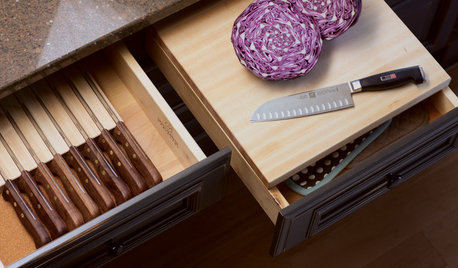
KITCHEN STORAGEKnife Shopping and Storage: Advice From a Kitchen Pro
Get your kitchen holiday ready by choosing the right knives and storing them safely and efficiently
Full Story
BATHROOM DESIGNDreaming of a Spa Tub at Home? Read This Pro Advice First
Before you float away on visions of jets and bubbles and the steamiest water around, consider these very real spa tub issues
Full Story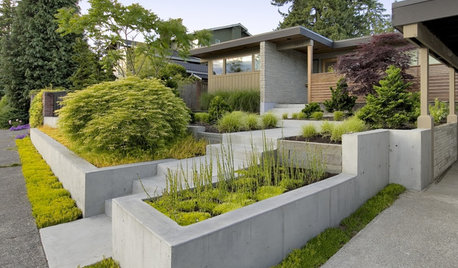
LANDSCAPE DESIGNGarden Walls: Pour On the Style With Concrete
There's no end to what you — make that your contractor — can create using this strong and low-maintenance material
Full Story
LANDSCAPE DESIGNKoi Find Friendly Shores in Any Garden Style
A pond full of colorful koi can be a delightful addition to just about any landscape or garden
Full Story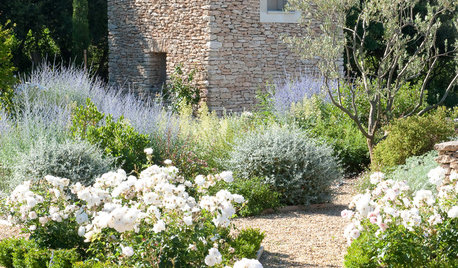
GARDEN STYLESLay of the Landscape: 12 Elements of Provence Garden Style
With their lavender fields, stone walls and meandering pathways, the gardens of Provence brim with charm and beauty
Full Story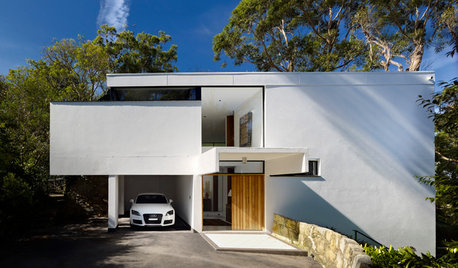
MODERN ARCHITECTURERoots of Style: International Style Celebrates Pure Form
Using technology and materials of the time, International style is always current. See its expression in these 16 homes around the world
Full Story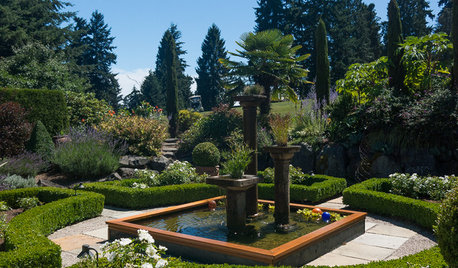
LANDSCAPE DESIGNGet a Mediterranean-Style Garden Even Far From the Sea
Some lavender here, a water feature there, and your garden just might feel transported to a balmy seaside locale
Full Story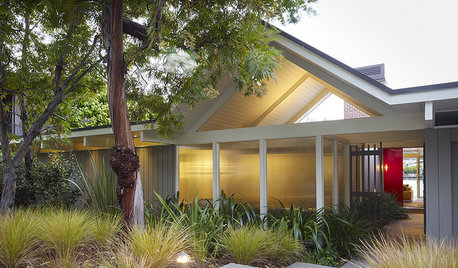
ARCHITECTURERoots of Style: Midcentury Styles Respond to Modern Life
See how postwar lifestyles spawned a range of styles, including minimalist traditional, ranch, split level and modern shed. What's next?
Full StoryMore Discussions







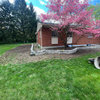


Yardvaark
DPJDOriginal Author
Related Professionals
Havre de Grace Landscape Architects & Landscape Designers · Horsham Landscape Architects & Landscape Designers · Jackson Landscape Contractors · Cliffside Park Landscape Contractors · East Hanover Landscape Contractors · Paramus Landscape Contractors · Parker Landscape Contractors · Saint George Landscape Contractors · Saint Paul Landscape Contractors · Franconia Decks, Patios & Outdoor Enclosures · Knoxville Decks, Patios & Outdoor Enclosures · San Diego Decks, Patios & Outdoor Enclosures · Westford Decks, Patios & Outdoor Enclosures · Huntsville Swimming Pool Builders · South Riding Swimming Pool Builderswoodyoak zone 5 southern Ont., Canada
Yardvaark
DPJDOriginal Author
Yardvaark
woodyoak zone 5 southern Ont., Canada